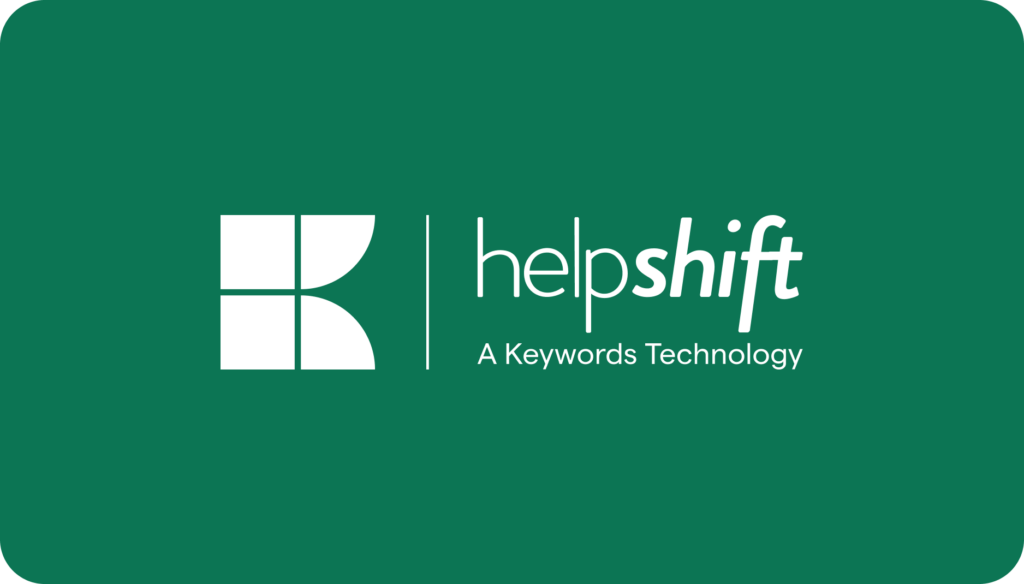Customer segmentation is exactly what it sounds like – dividing your customers into groups based on similar characteristics or interests. If your customers are businesses or organizations (B2B), you might group them by industry, size, location, or revenue. If your customers are individual consumers (B2C), you might group them by demographics (age, location, income, etc.), behavior, or interests. And any type of customer can also be grouped by where they are in their buyer journey: awareness, consideration, decision, purchase, or maintenance.
Why is Customer Segmentation Important?
By definition, customer segmentation helps you better understand and communicate with your customers. Unless you are a very small company, you will have more than one type of customer. What might work on one customer might very well fail with another.
In short, the benefits of customer segmentation include:
- Providing a way to understand and describe groups of customers.
- Allowing businesses to create targeted, productive content and messaging.
- Promoting more strategic decision-making.
Additionally, effective customer segmentation can give you a clearer view of your actual progress. For example, you could see that a certain group of customers is responding well to your efforts, while another is not. This could help you refine your target audience, improve your marketing or sales efforts, or even see areas where you could develop new offerings to meet customers’ needs.
What is Customer Segmentation Used for?
Because it helps clarify who users are and what they need, customer segmentation can be used across multiple departments.
Sales and Marketing. By dividing customers into groups, marketing personnel can create more meaningful campaigns and sales teams can develop more personalized approaches. This is especially true when customer segmentation considers where the customer is in their buying journey or what motivates them to make a purchase. The type of content and interaction you’d provide to someone at the awareness stage (where people discover their specific need) is quite different from what you’d offer them at the purchase stage.
Product / UX – Creating a good product or user experience (UX) relies on understanding the customer’s real needs. Customer segmentation is essential here, as groups may use the same product differently or for different reasons. This can influence the features included with the product as well as its design.
Customer Service – Not only can customer segmentation inform support content (like knowledge base articles), it can help identify users’ preferred channels. More importantly, it can make customers feel valued – they’re receiving content and interactions tailored to their needs.
Strategy – Aside from surfacing all of the insights mentioned above, customer segmentation provides additional clarity on strategic decisions. It also gives cross-departmental teams a way to communicate efficiently about various customer groups; instead of describing the relevant characteristics each time, they can simply indicate which group is relevant to the discussion.
Segmenting Customers: How Does it Work?
How do you know when you’ve achieved a working level of customer segmentation?
First of all, you should limit the number of segments. Remember, this is meant to be a broad group, not a hyper-personalized approach. Ideally, customer segments should account for most of your customers (outliers will happen). Each group should make sense in the context of your business (i.e. you’re not using irrelevant grouping criteria) and share relevant characteristics. And, finally, the segments should work across all the departments that will be using them.
To develop your own customer segmentation plan, following the guidelines below will help. However, customer segmentation is highly unique to each company, so we’ve only provided a very general outline of the process.
Define the Problem and Set Segmentation Guidelines
At the outset, your goal should be to:
- Define the problems you hope to solve with customer segmentation.
- Determine which teams will use the segments and why.
- Agree on what a successful customer segmentation effort looks like.
By getting team leaders to align on the goals, vocabulary, and general outcome of this project, it will be easier to motivate the teams themselves to use the information.
Establish Segment Variables Using Customer Data
Now that leaders agree on the general direction and outcome, you can get down to the specifics. This will entail taking a close look at your data and establishing:
- The number of segments needed to accommodate most of your users.
- What the segmentation criteria will be (e.g. demographic, behavioral, etc.) and why.
- What data sources will be used to create the groups.
- How you’ll provide additional context (i.e. important details or outliers).
- How and if segmentations should be adjusted for use across different departments (e.g. the marketing team may require slightly different details than the product team).
Validate Your Approach with Internal Teams
As mentioned above, customer segmentations need to work for more than just one purpose. The best way to do this is to get feedback from various departments throughout various stages in the segmentation process. Pay particular attention to the usefulness and accuracy of the segments; to verify that each segment does indeed reflect its members, you may want to interview a few customers from each one.
Drive Company-Wide Adoption
Once the customer segmentation work has been done, it’s critical to get that information into the hands of various teams.
Depending on the level of interest and participation of other departments, this can be as simple as sending an email or making an announcement and letting people know you’ll be available to answer questions.
If customer segmentation was primarily overseen by one group or department – especially if other team leaders weren’t asking for this information – you may need to be a bit more assertive in driving adoption. In this case, emphasize the value that customer segmentation can bring to each team’s daily work. You may also want to provide training meetings or person-to-person sessions to demonstrate how to use customer segmentation software or other tools.
Additional Information about Customer Segmentation:
Product: Issue Classification and Ticket Routing
Glossary page: What is Customer Segmentation Software?
Glossary page: What is Customer Experience?



